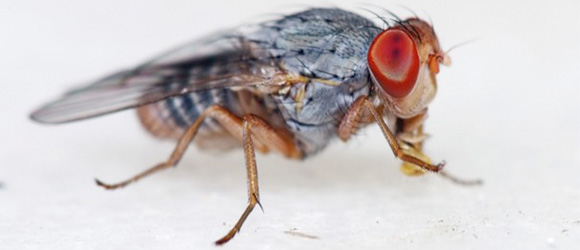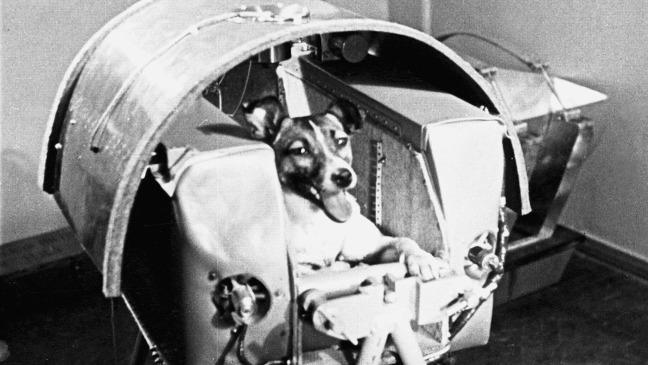Which was the first animal to go into space? If you answered ‘Laika’, you are wrong!How many animals do you think have been to space, in total, over the years?
There have been several living creatures that have gone to space, ranging from rabbits to jellyfish. Without the contributions of these brave creatures, humans would probably have never set foot out of the blue planet. Here are some of these animals that travelled into the unknown world, making for mighty stories to tell us humans -
#1- Fruit flies

Fruit flies were the first ‘animals’ in space! The brave insects made history on 20 February, 1947, when a jarful of them flew aboard a V-2 rocket. Their flight was a test to check the intensity of the cosmic radiations in space, before astronauts could venture into the territory.
It is very interesting to know that this happened a good 11 years before NASA was founded! Also, the rocket that transported these flies was designed by the Nazis and was captured by the USA during World War II.
But, why fruit flies? This is not because they were lighter in weight and were easily transportable. It is more scientific than that. Fruit flies share a lot in common with Homo sapiens, genetically. The capsule carrying the fireflies broke loose on its way back to our planet. But, the little creatures were safely lowered by parachute onto earth.
#2- Monkeys

(Image source: https://bit.ly/2yr2QZm)
Next in line was a rhesus monkey. In June 1949, Albert II achieved the feat of becoming the first mammal in space; once again on a V-2 rocket. Albert’s vital stats were constantly monitored. Unfortunately, while on his way back home, a parachute failure cost him his life. Post this, many other animals, including chimpanzees and squirrel monkeys were sent into space. Among these missions, the 1959 mission turned out to be positive. Two monkeys, Able and Baker, became the first ones of their kind to victoriously return to earth.
#3- Dogs

(Image source: https://bit.ly/2ftLaTa)
Next came man’s best friends- the canines. The first ones to reach space were Dezik and Tsygan, in July 1951. After them, a dog named Kudryavka became the first living being to journey into orbit.
Kudryavka, meaning ‘little curly’, was the original name of Laika, the world-famous space mutt which ventured into orbit aboard Sputnik 2. She was even nicknamed ‘Muttnik’, a play on the word ‘Sputnik’. So, Kudryavka, aka Muttnik, aka Laika, was a mixed-breed dog who was rescued from the lanes of Russia’s capital. She travelled to space on November 1957. The Soviets chose a stray dog such as her, as they believed she would have already adapted to extreme living conditions— like cold temperature and hunger. This would logically make her a well-suited passenger on a spacecraft. Laika never returned to earth alive.
On 19 August, 1960, two other dogs, Strelka and Belka, made it successfully into the orbit and back. Following them, Ugolyok and Veterok went down in history when they survived what still is, the longest space flight by canines.
#4- Cats

(Image source: https://bit.ly/2JQfsyp)
18 October, 1963 marked the first expedition by a feline into space. The cat that travelled to space was named Félicette.
It is believed that a cat named Felix was the chosen one to travel to space. But, it missed its chance as it apparently escaped the day before the mission. Nevertheless, he gained his share of fame along with Félicette, as they were celebrated across the country and featured on stamps and the like.
#5- Spiders

(Image source: https://bit.ly/2JOkJqe)
Arachnids were not far behind as the rest of Kingdom Animalia ventured on space odysseys. 1973 was the year when two garden spiders named Anita and Arabella spun history by going on a space trek. They were sent to study how their motion around the earth would influence their web-weaving. During their 59 days in space, scientists observed that Arabella shone in the experiment, impressively weaving symmetrical webs. The threads though, were thicker than those of her spider counterparts back home!

